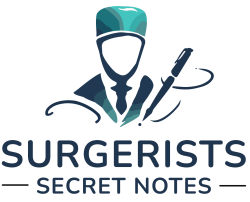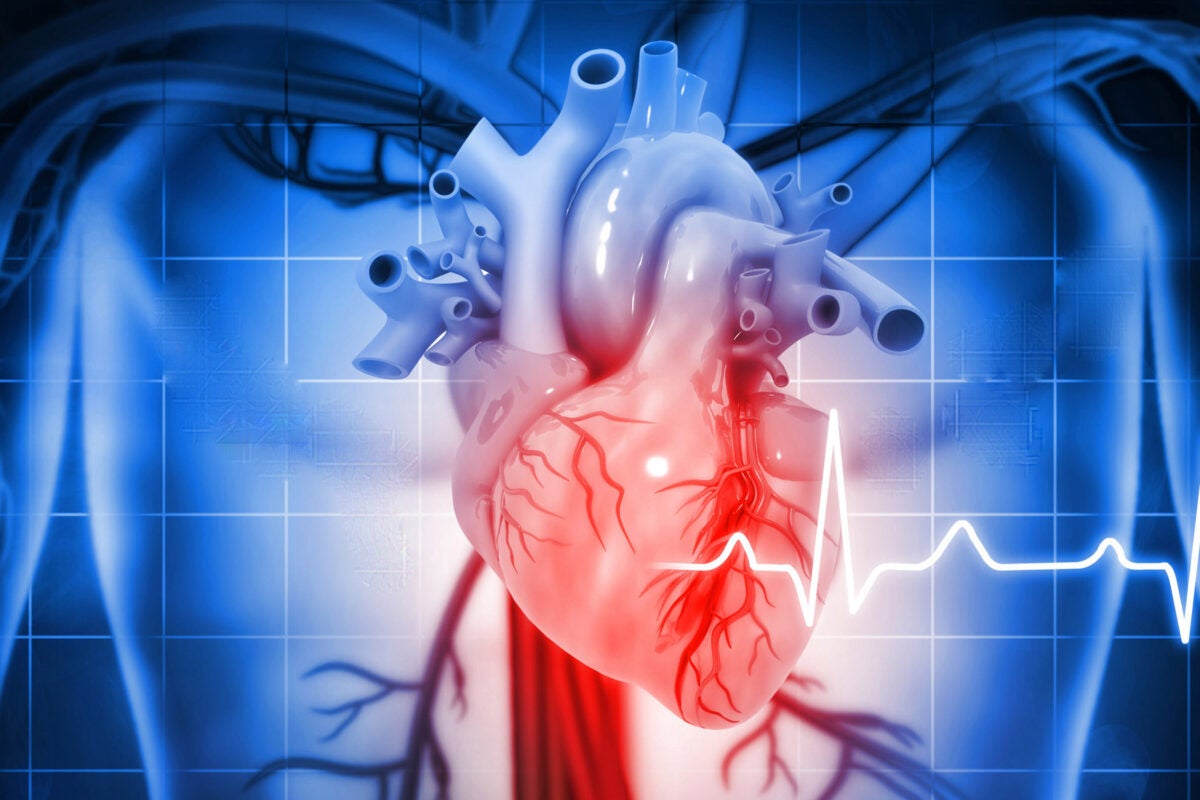Veasey Conway/Harvard Staff Photographer
Health
Rewriting genetic destiny
David Liu, Breakthrough Prize recipient, retraces path to an ‘incredibly exciting’ disease fighter: ‘This is the essence of basic science.’
Part of the
Profiles of Progress
series
In 2022, Alyssa Tapley was 13, suffering from T-cell leukemia, and facing a grim prognosis after existing treatments failed to improve her condition. Then, a clinical trial using a novel gene-editing technology called base editing cleared her cancer. It was a breakthrough for science — Tapley’s therapy was the first enabled by base editing — and a lifeline for the patient.
“Now, 2½ years later, I’m 16, preparing for exams, spending time with my family, arguing with my brother, and doing all the things I thought I’d never be able to do,” Tapley told the audience at the 2025 Breakthrough Prize ceremony on April 5. The prizes, whose recipients this year included several Harvard researchers, honor achievements in physics, life sciences, and mathematics.
The scientist behind the technology that saved Tapley’s life is David Liu, the Dudley Cabot Professor of the Natural Sciences and vice chair of the faculty at the Broad Institute of MIT and Harvard.
“It’s incredibly exciting, and also comes with a heavy sense of responsibility, to make sure that — to the extent humanly possible — we have done everything we can to make these agents as safe and effective as possible for use in patients,” Liu said.
Hundreds of millions of people worldwide suffer from genetic diseases. To help them, Liu, with support from the NIH, DARPA, and other federal agencies, has built on and looked beyond CRISPR-Cas9, the transformative gene-editing protein found in bacteria that cuts through DNA like scissors.
“That approach of cutting the DNA double helix is very useful for gene disruption or deletion,” he said. “But if your goal is to correct a mutation that causes a genetic disease, it’s not easy to use scissors to achieve gene correction.”
The limits of the “scissors” approach led Liu and his team, including former postdocs Alexis Komor and Nicole Gaudelli, to develop two new approaches to gene editing: base editing and prime editing. Base editing works on the four nucleotide bases of a DNA strand — A, C, G, and T — rather than on the entire double helix.
“You can change a C to a T, a T to a C, an A to a G, or a G to an A,” Liu said. “And those happen to be four of the most common kinds of mutations that cause genetic diseases.”
But what about genetic diseases caused by other kinds of single-letter swaps, or by unwanted extra letters, or by missing DNA letters? For those cases, Liu’s team, including former postdoc Andrew Anzalone, developed prime editors. Liu likened the tool to a word processor, able to search out a flawed piece of DNA and replace it with a synthesized DNA flap that is specified by the user.
“There was no knowledge of what CRISPR did, or whether it was going to be useful. But it was interesting enough for curious people to study.”
As of today, there are at least 18 clinical trials using base editing or prime editing to treat a range of diseases, with dozens of patients already treated, Liu said.
Liu connects his research to basic science — research that seeks to understand something new about the world without a clear application in mind — that began at Japan’s Osaka University in 1987. There, a team of researchers noticed something unusual in DNA from E. coli bacteria: highly repetitive DNA sequences that were interspersed with non-repetitive sequences, but with the exact same spacing. The phenomenon became known as Clustered Regularly Interspaced Short Palindromic Repeats, or CRISPR.
“There was no knowledge of what CRISPR did, or whether it was going to be useful,” Liu said. “But it was interesting enough for curious people to study. This is the essence of basic science.”
Over the course of decades, researchers learned that CRISPR was a kind of immune system that bacteria use to protect themselves from viruses. When a virus enters a bacterial cell, the bacterium incorporates some of the virus’s DNA as a kind of genetic memory, allowing it to identify and destroy the virus if it encounters it again.
“You can imagine a critic saying, ‘Why do I care about a bacteria’s ability to kill a virus?’” Liu said. “The answer is that it turned out to lead to all the CRISPR nuclease clinical trials, and eventually led to base editing and prime editing, and now we can make just about any kind of change in the DNA of living systems, including correcting the vast majority of mutations that lead to genetic disease. And it all came from the basic science of geneticists who first looked at these clustered regularly interspaced short palindromic repeats and wondered what they were doing.”
Liu is loath to call his technologies a cure: “Scientists are reluctant to use that word until there’s evidence of years without any apparent symptoms of the disease,” he said. But, he added, “The writing’s already on the wall: In some of these clinical trials, the patients are no longer on any medication and don’t have any symptoms of the disease.”
Looking to the future of research and innovation, Liu says he’s deeply worried about the current threat to the partnership between higher ed and the federal government, especially as it relates to young scientists.
“There’s a lot of fear and chaos now that is preventing young scientists from entering the phase of their careers where they can contribute to society in a direct way,” he said. “And that’s a very real tragedy.”
More like this
Long trail from 1992 discovery to 2024 Nobel
Gary Ruvkun recounts years of research, which gradually drew interest, mostly fueled by NIH grants














